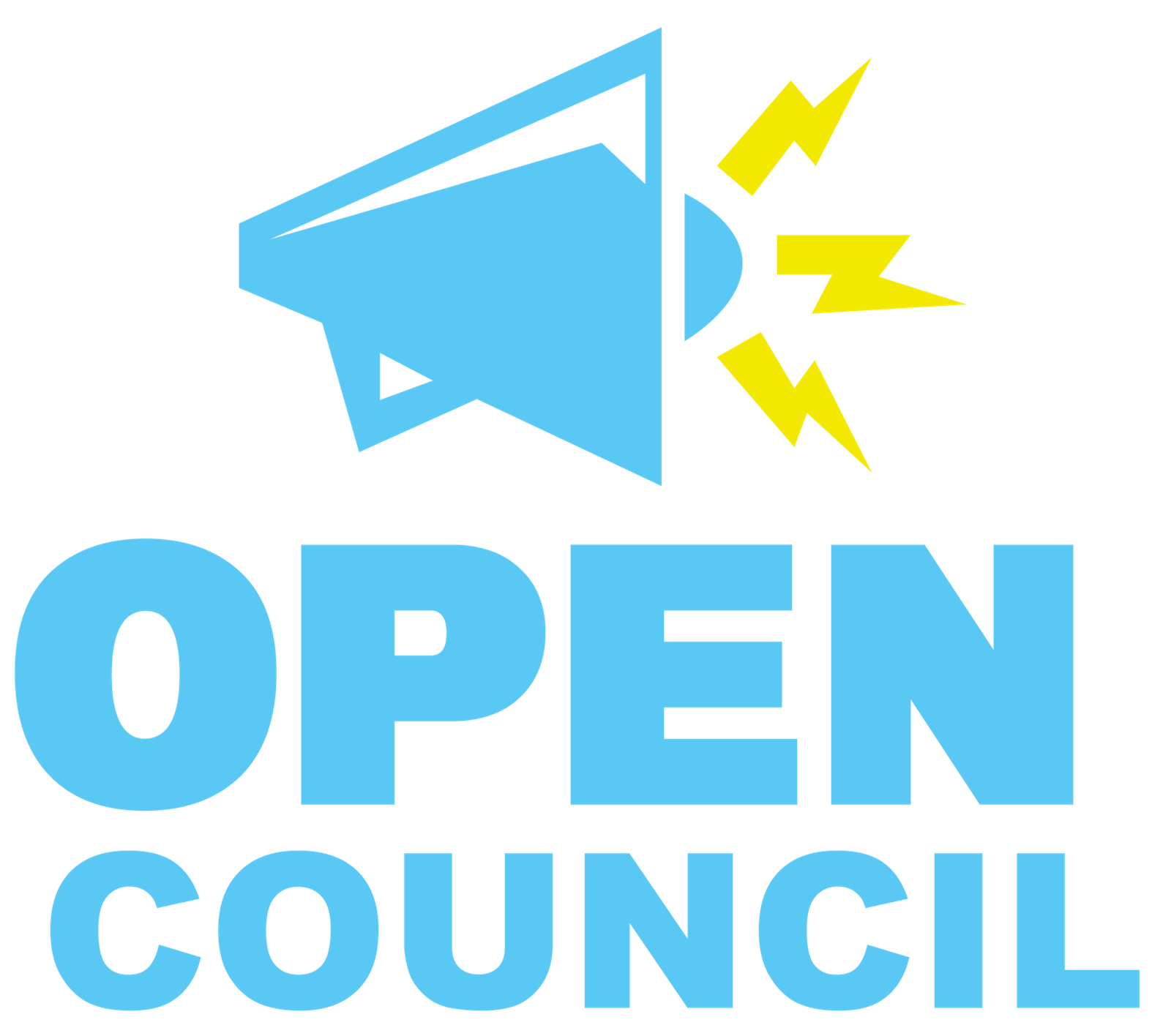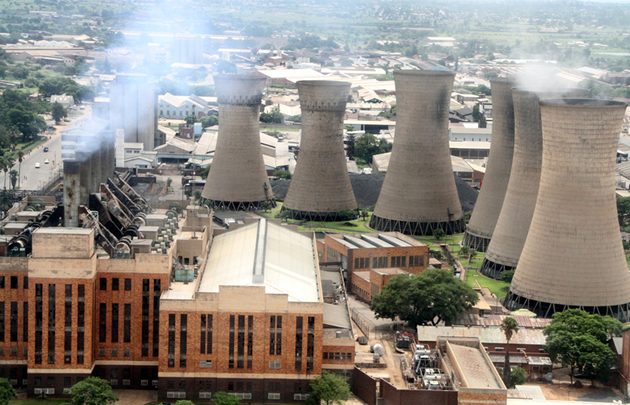By Correspondent
In 2018 Bulawayo City Council found itself fighting with ZESA over the ownership of its 120MW Bulawayo City Power Station.
BCC had been battling to regain control of the coal fired power utility arbitrarily expropriated by ZESA.
In 2019, ZESA even recommended demolition of the power station’s two iconic cooling towers.
It argued that they were now a danger to the residents due to their dilapidated state.
Residents refused arguing about sentimental value of the towers.
The battle between ZESA and BCC has become a small angle in the wider blackout that is electricity shortages in the country.
Which raises questions as to how the country got here when ZESA is itself a creation against such a scenario.
In Power Sector Reforms in Zimbabwe: Will Reforms Increase Electrification and Strengthen Local Aarticipation, academic Dorcas Kayo has traced the origins of ZESA in a bid to unravel the current crisis.
Birth Of A BlackOut
“Before its amalgamation in 1985, the power sector in Zimbabwe was, to a large extent, unbundled, with strong links to the Zambian power system.
“The Central African Power Corporation (CAPCO), jointly owned by Zimbabwe and Zambia, had the obligation of generating and transmitting power to both countries.
She says the the Electricity Supply Commission (ESC) was responsible for transmission in Zimbabwe.
It was also involved in the distribution of power in the rural areas and other smaller towns.
Uniquely Councils such as Harare, Bulawayo, Gweru and Mutare had their own electricity departments.
These were responsible for the distribution of electrical power.
Advent of Change
The birth of ZESA was through the Electricity Act of 1985.
“It was a vertically integrated monopoly with the functions of generation, transmission and distribution.
“This structure was expected to enable centralised planning which would result in long-term investment efficiency based on the least-cost development options.
“It became possible under this structure to come up with a national tariff structure that allowed cross subsidisation”, she says.
As compensation for the takeover of their electricity infrastructure Councils are entitled to various payments.
Recently BCC accrued royalty income receivable from ZESA through Zimbabwe Power Company (Private) Limited.
The cumulative amount receivable from ZESA as at the reporting date was ZWL$798 million.
A Plan Off The Rails
However, the ZESA plan has since gone off the rails with incessant power outages that have wrecked the economy.
According to Kayo, it has been difficult to run and maintain the current infrastructure because of the non-availability of foreign exchange to buy spare parts and components.
“To meet future demand, the power sector requires investments of between US$ 1.5 and 2 billion over the next decades.
“The macro-economic crisis has worsened the situation with high inflation and the devaluation of the Zimbabwean dollar.
Lately the Government has realised that that it can no longer finance infrastructure in power sector development.
It now recognises the importance of involving private sector players.
However, for the residents, the coming in of private players will have one significant impact.
Increased cost of electricity.



